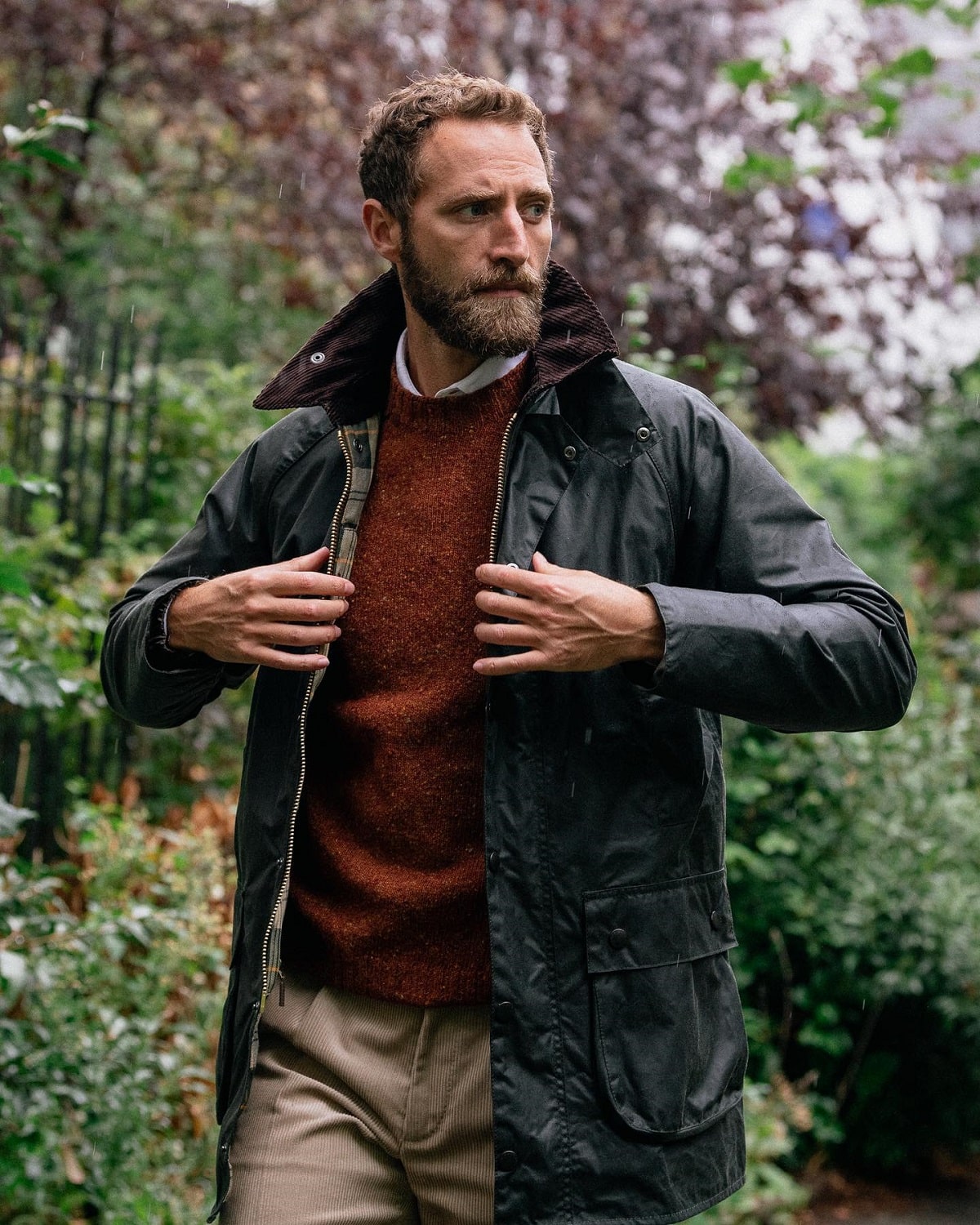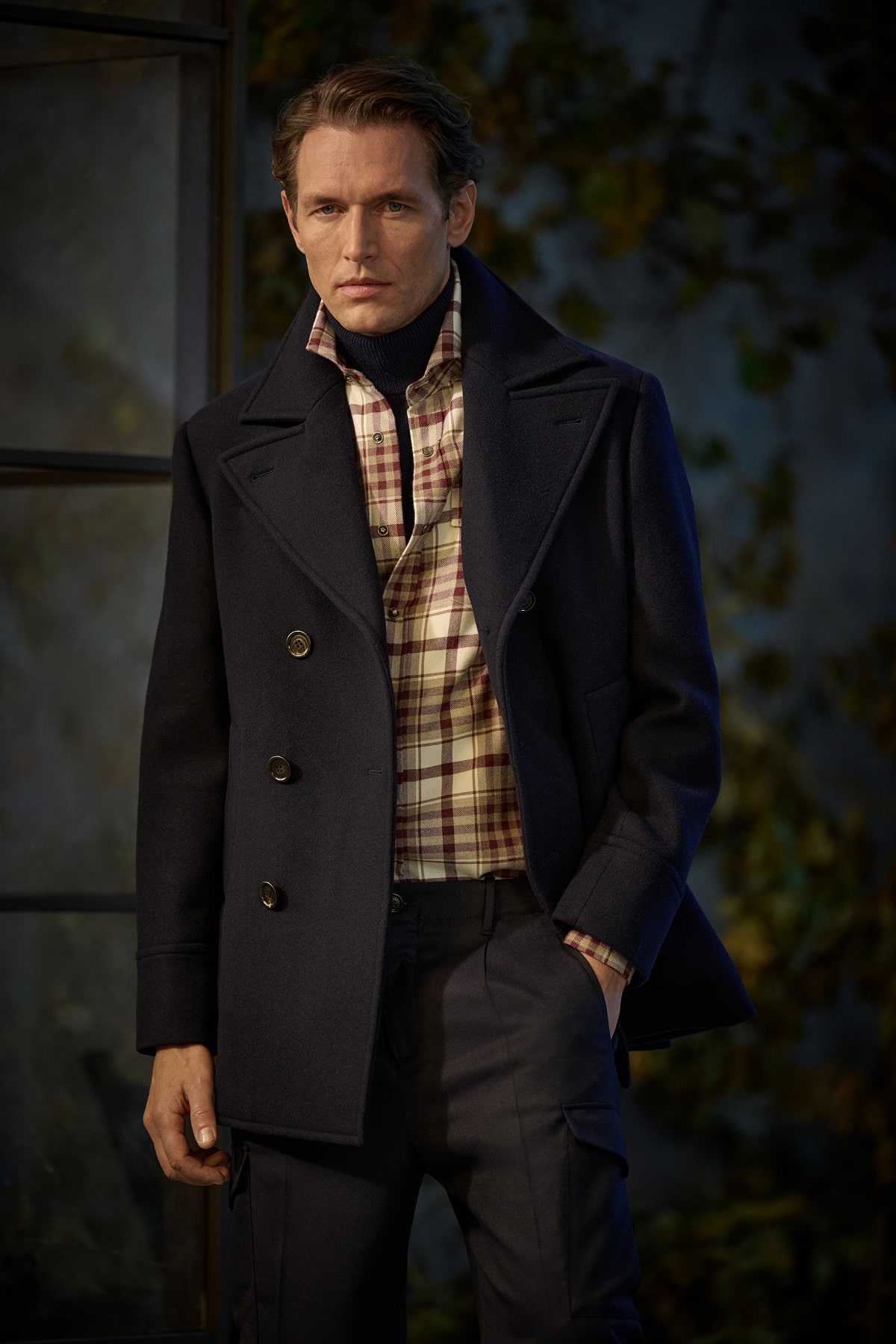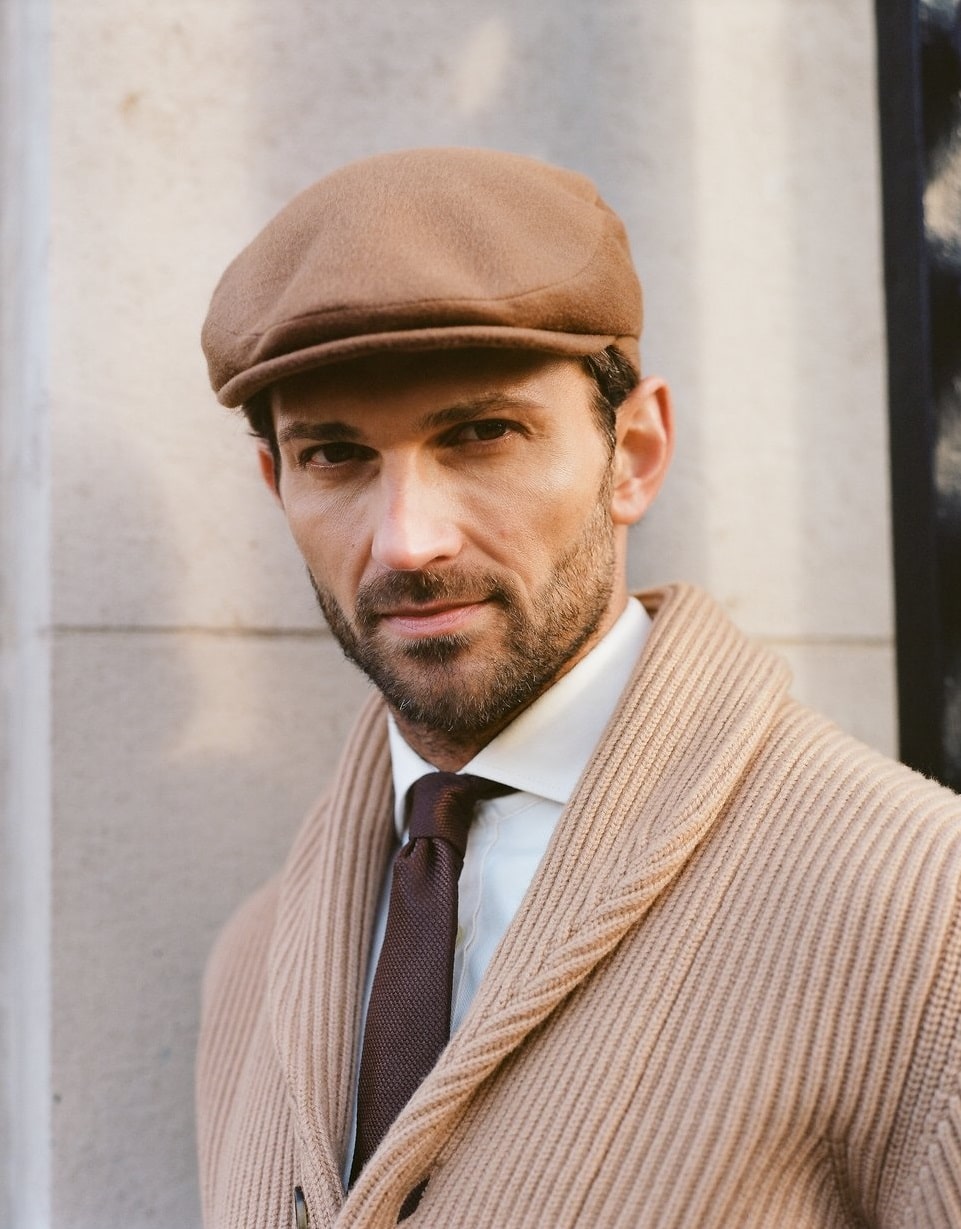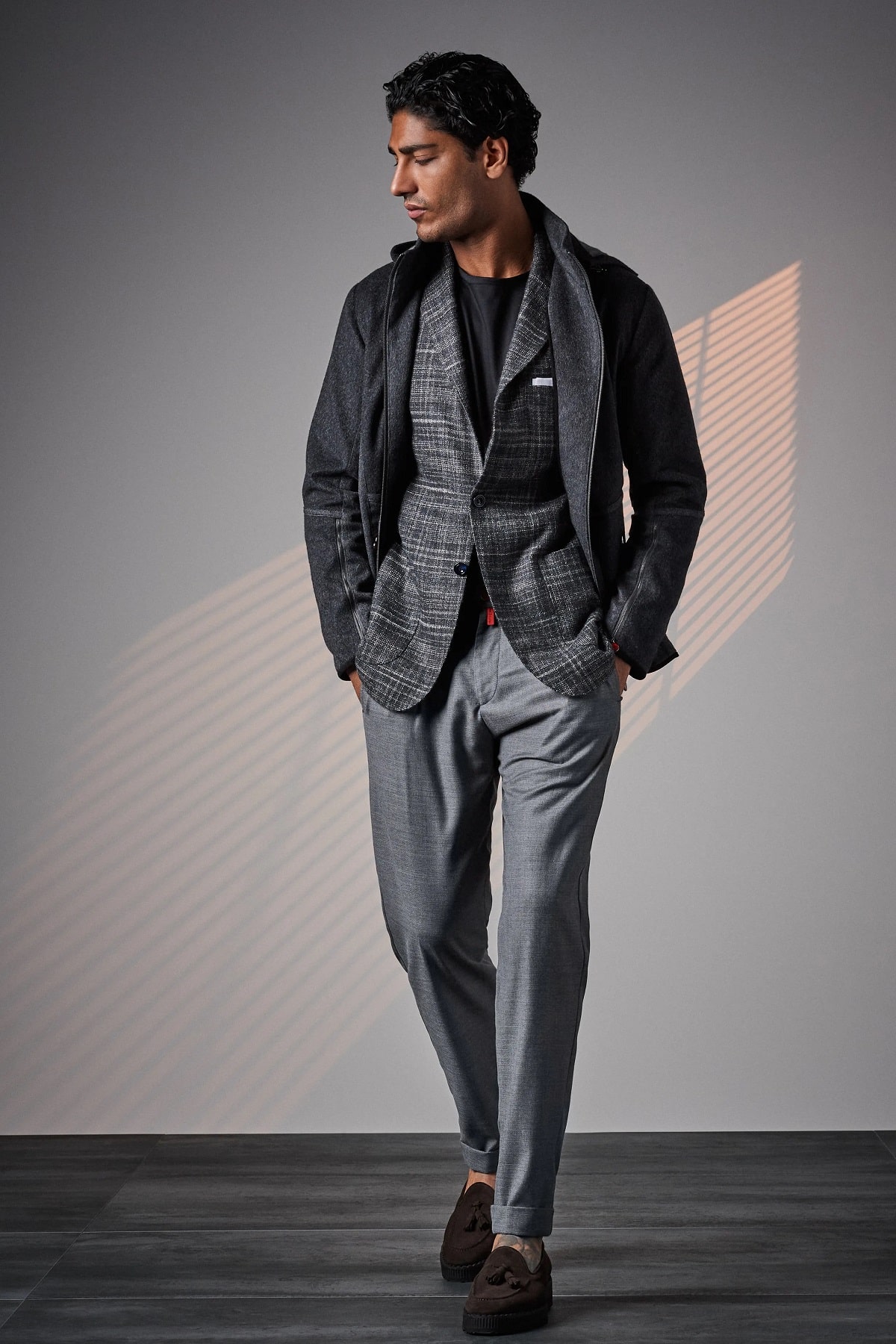1
HOME > Trends >
WHAT COULD TRENDLESS FASHION LOOK LIKE?
Written by Ivan Yaskey in Trends on the 23rd January 2023

Call it sustainable or call it seasonless, but the potential of trendless fashion has been mused about for a few years already. While its proposal precedes the Covid-19 pandemic, the conditions emerging over the past two years have resulted in brands straying away from the typical seasonal collection structure. To some extent, the world of fashion exists in a dichotomy. One is a hyper, microtrend-driven world fueled by the burn-and-turn structure of fast fashion. The other deliberately refuses these developments, opting instead for neutral timelessness. As such, trend forecasting to Fashion Week presentations now reflect this starkness.
The Source of Trendless Fashion
Vogue Business reported that the conditions brought about by the pandemic essentially overhauled trend forecasting for fashion houses and retailers. For decades, brands and stores have predicted what will sell based on the major Fashion Week presentations, as well as other industry and cultural events. With these canceled, spaced out, or moved online, previous face-to-face interactions no longer happened, stores were left with a glut of unsold merchandise, and data ended up being limited. From here, forecasting started taking into account influencer habits and social media to gauge consumer response, fueling greater and more targeted integrations of artificial intelligence as 2023 begins.

While you could say that AI has since become the backbone of microtrends, the standstill brought about by the pandemic also extended to fashion. Most of us can recall the shift to ultra-casual wear starting in 2020 and lasting through 2021 – drawstring trousers, athleisure, and house shoes among them. Despite a rise in casual suiting over the past year, this stance has not only stuck around with hybrid work arrangements, but fashion houses have started to consolidate presentations. We’ve witnessed men’s collections merging back with women’s offerings – after a major schism less than a decade ago – and fewer showings overall. From this approach, seasonless collections – or ultimately launching something new when a brand feels like it – reflect the pulling back of the world and a move toward decreased consumerism. It’s not so much refreshing what you own every couple of months, but purchasing something new when what you own can’t be repaired. As such, you could easily say that outside of fast fashion, the conditions arising from Covid-19 started to break down and stretch out the traditional fashion calendar and kill mall brands that have depended on a steady stream of foot traffic from window shopping and seeking out something new. From here, plus coupled with more young adults remaining at home, luxury brands have started receiving more attention. True, part of this demand comes from hype pieces and dopamine dressing, but it also stems from individuals with some disposable income interested in investment pieces that will last longer than a few years. This split also emerges on social media. While haul-type videos and how-to introductions for certain trends exist, those questioning and changing their consumptions habits in response to the Covid-19 pandemic have also come forward, especially on TikTok.

The Future is Now
We tend to picture trendless fashion as some sort of unisex future of drab full-body suits. That’s less a reality, at least for the present. The absence of trends ends up taking one of two forms. One, everything and anything feels stylish. Think about the preponderance of revivals from the 1950s through the Y2K, all going on simultaneously, or the never-ending dalliance with the ‘90s. It’s as if fashion – both men’s and women’s wear – has become trapped in a Groundhog Day-esque timeline, where we repeatedly live everything over and over again – some new through microtrends and others through the secondhand market. Second, capsule wardrobes dominate Fashion Week presentations, to the point you can’t put your finger on what’s new. Right now, red is getting all the attention as the “it” shade of the moment, but we’ve also been talking about it for the past few seasons in multiple contexts. It’s the same with pastels: They’re not truly a trend if they don’t disappear and make a grand re-entry. Beyond these more defined visuals, trendless-ness is starting to look like:
A Shift Toward Luxury Fashion
Two factors fuel this development. One, due to the cost of housing, more young adults are living at home with their parents – or seeking out roommates. This has resulted in more discretionary income among a demographic that’s traditionally been more interested in fast fashion. This factor gets joined by greater demand for sustainability – that is, purchases that last longer. Luxury trends to give off this impression, and as a result, larger retailers focusing on this market like Mr. Porter, Farfetch, and SSense have started showcasing their sustainable offerings more prominently.

Buying With a Purpose
Mindless shopping – whether in a mall, city center, or online – characterized much of our pre-pandemic lifestyle. While the cultural shift of spending more time at home caused ecommerce to surge in 2020 and 2021, many are now questioning those decisions – be it a Peloton that now functions as a clothes rack or athleisure that’s already starting to show wear. In response, buying with a purpose builds off the momentum of sustainability: It’s an approach of purchasing for practicality and need rather than want. Secondarily, such purchases reflect a more minimalistic view of life in general: Cutting down on clutter, as well as clothing you don’t wear, and presenting yourself with fewer but more distinctive and more appreciated options. Purchases here, too, tend to start from a secondhand source to keep what’s already been created in rotation. Added to this, more thought is now expected to go into each purchase, from researching its origins and construction to calculating its carbon footprint.
No Specific Trends
Although menswear has typically progressed at a slower pace compared to womenswear, we can generally craft a timeline based on trends. Trendless fashion breaks this down: Everything is relevant, to the point that no one look or material characterizes the present. Right now, that’s being told that maximal is in while still seeing skinny jeans everywhere, and spotting dopamine dressing when advice toward capsule wardrobes typically consists of tips about finding classic pieces in greys and navy. It’s both heritage dressing for quality and hype dressing standing upon luxury clout.

Purchasing for Life
As perhaps the next stage, trendless fashion means purchasing for life. Despite the appearance – no matter how neutral or out there – the goal is to keep the shirt, trousers, or shoes in rotation, starting with quality and then with repairs. We likely have something that’s been around for a few decades – or know a relative with such an item. In turn, the question behind making a purchase isn’t, “Do I like this?” but “Will I still like it 20 years from now?”

Trending
2
3
4
5
6
7
8
9
10










